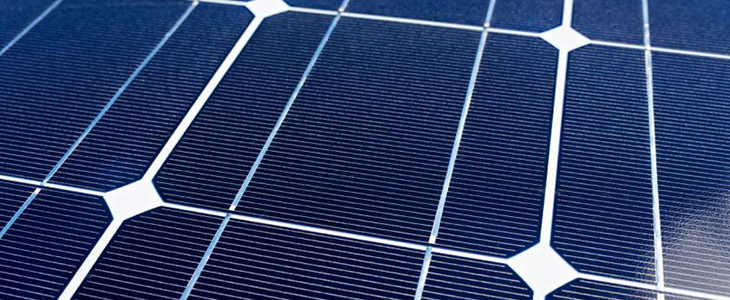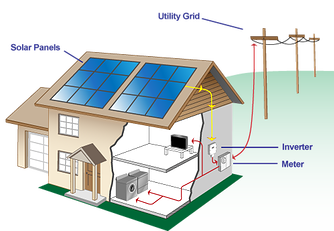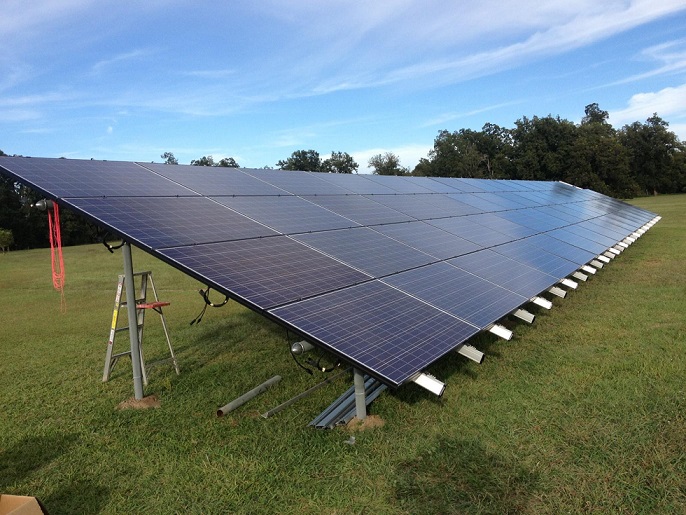 Loading... Please wait...
Loading... Please wait...- Home
- Resources
- Learn Solar
- How Solar Cells Work
Products
- Heating and Cooling
- Outdoor Living & Patio
- Solar Kits
- Solar Products
- Solar Panels
- Solar Panel Kits
- Solar Generators
- Inverters
- Inverter Monitoring
- Inverter Accessories
- Balance of Systems
- Racking and Mounting
- Rails
- Flashings
- Splice Kits
- Stopper Sleeves
- Conduit Mounts
- Attachments
- Brace Assembly
- Base Mount
- Brackets
- Bolts
- Clamps
- Caps
- L-Feet
- Washers
- Skirt
- Lugs
- Tilt Legs
- Hooks
- Stand-Offs
- Ballast Bay
- Top of Pole Mount
- Side of Pole Mount
- Flush Mount Kits
- Ground Mount Kits
- Roof Mount Kits
- Hardware Packages
- Wire Management
- Batteries
- Battery Accessories
- Charge Controllers
- Tools and Supplies
- View All Products
How Solar Cells Work
How Solar Cells Work

| Understanding How Solar Cells Work |
|
|
Solar cells convert the sun's energy into electricity through the photovoltaic affect; the ability of matter to emit electrons when a light is projected on it. |
|
|
Creating this imbalance, and all of this is made possible by internal organization of silicon. Silicon atoms are arranged together in a tightly bound structure. By squeezing small quantities of elements into this structure, two different types of silicon are created: "n-type", which has spare electrons, and "p-type", which is missing electrons, leaving "holes" in their place.
|
| Learn More About Solar Energy | |











